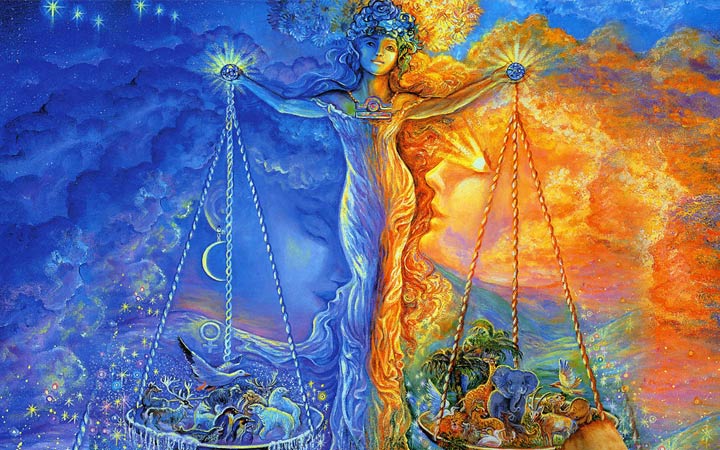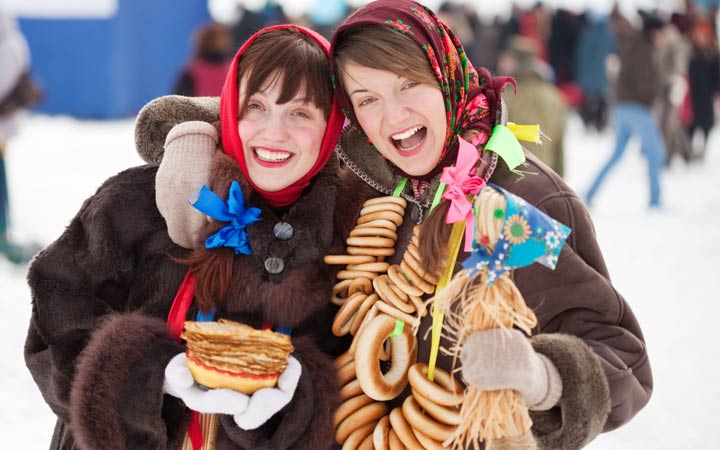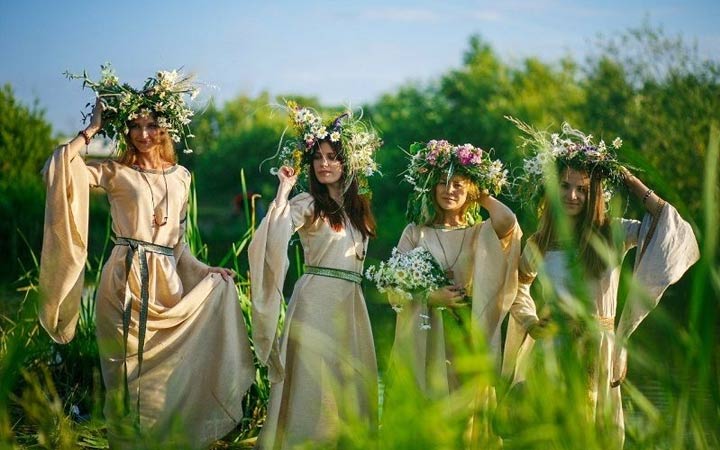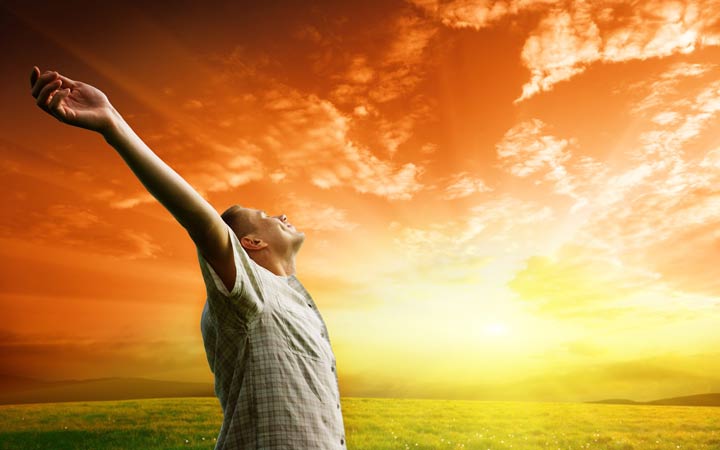Content [Hide]
The sun has long been and the length of daylight has a major impact on human life, and we will tell you how much the summer solstice will take place and when to celebrate the spring equinox in 2020.
Scientists have proven that many processes in the Earth’s atmosphere and supporting life on our planet are dependent on solar exposure. It is the position of the Earth relative to the main luminary of the solar system that determines the usual change of seasons, an increase in air temperature in the summer months and cooling periods in winter, as well as the cyclical increase and decrease in daylight hours. How does it work and why? Let's try to figure it out

The sun is the basis of life
The sun is the basis of life on our planet. Located in 149.6 million km. from the Earth, the central luminary holds with its gravitational force in place all the planets of the solar system, gives us much-needed heat, light and energy. According to calculations made by scientists, an average of 1 m2 the surface of our planet receives about 342 watts per day.
The importance of solar energy for the life of plants and animals that inhabit the Earth is eloquently indicated by the difference in the number of species between the southern regions located closer to the equator and receiving a lot of solar heat, as well as the regions of the Far North. Where there is the concept of polar night, and the air temperature in winter drops below -50 ° C, only a few specimens capable of surviving the harsh conditions of the North can survive. Moreover, the amount of energy received by the planet’s surface and the change of seasons of the year are indirectly dependent on the movement of our planet around the Sun and its angle of inclination.
What is the equinox and solstice?
The importance of the sun was also appreciated by our ancestors. Even without knowledge of astronomy, they realized that it was precisely the duration of the light and the amount of heat sent by the Sun to the Earth that affected both productivity and human well-being. In many ancient cultures, the Sun was worshiped as the main deity and celebrated 4 important events of the year:
- Spring (summer) equinox - day is equal to night, but there is a process of gradual increase in daylight hours.
- Summer solstice - The longest day and the shortest night of the year.
- Autumn (winter) equinox - day is equal to night, but there is a process of gradual decrease in daylight hours;
- Winter solstice - The shortest day and longest night of the year.

Dates 2020
From year to year, the dates of the longest and shortest day vary. This is due to the cyclical occurrence of a leap year. In 2020, the day of the summer solstice, as well as the days of the equinox, fall on such dates:
Celebration | date | Day of the week |
The vernal equinox | 20.03.20 | Friday |
Summer solstice | 20.06.20 | Saturday |
Autumn equinox | 22.09.20 | Tuesday |
Winter solstice | 21.12.20 | Monday |

Traditions and customs
Since ancient times in Russia these days were special, and even when ancient beliefs and rituals became a thing of the past, the holidays that many countries celebrate today have survived. The first in the calendar in 2020 will celebrate the day of the summer equinox. On this day in Russia, pancakes, which were considered a symbol of the sun and gingerbreads in the shape of a lark, have long been baked. After the vernal equinox (Komoeditsa) in many regions of the country, winter recedes and spring thaws begin.Our ancestors believed that larks sent from Paradise bring warmth on their wings, and the attitude towards these beautiful and loud spring messengers has always been special.

The brightest and most familiar to almost everyone is the summer solstice, which in 2020 falls on June 20. Since olden times, the longest day of the year coincided with the holiday of Ivan Kupala. It was on the shortest night of the year that our ancestors searched for the magic flower of ferns, led round dances around the fire, performed rituals and established fortune-telling.
After changing the calendars, the dates no longer coincide, but many of the traditions of this holiday, as well as the beliefs associated with it, are known today

In other cultures, the summer solstice was also considered special. So, in Latvia there is a Ligo holiday, and in Finland - Johannus, in Sweden - Midsumar (mid-summer festival), in Portugal - St. John's Day.
Effects on the human body
The duration of daylight affects all living things on Earth. We can say that all life on our planet is subject to the rhythm of the change of day and night. Naturally, the phases of activity and peace in human life are also dependent on sunlight.
Scientists have proved that the duration of daylight hours affects the hormonal background of a person. People living in the Far North have a whole range of health problems caused by a lack of sunlight, as well as periods of the polar day and polar night. Those who live in temperate latitudes annually feel the impact of changing seasons, noting changes in mood and performance, activity and general condition

Read also:




















